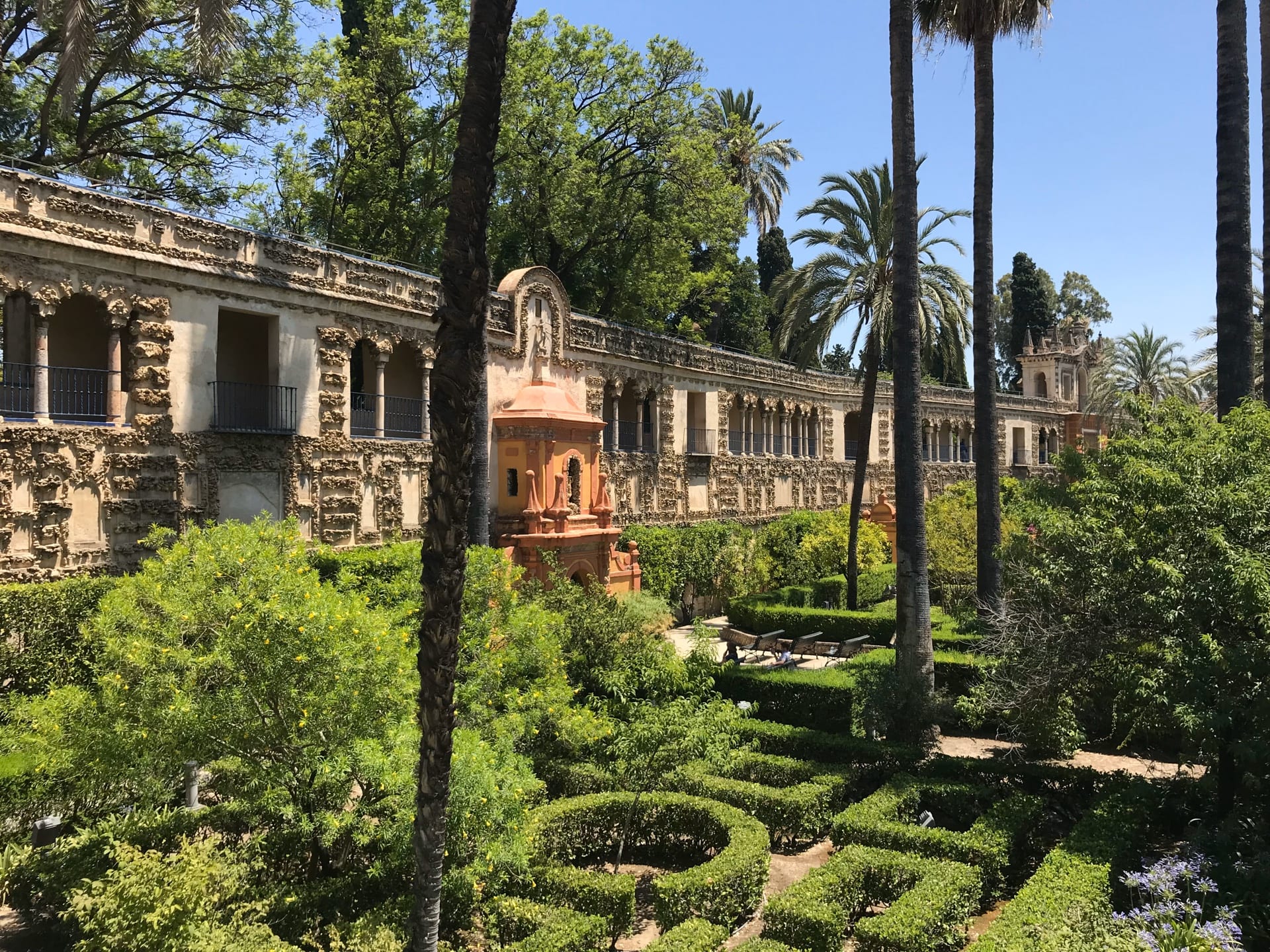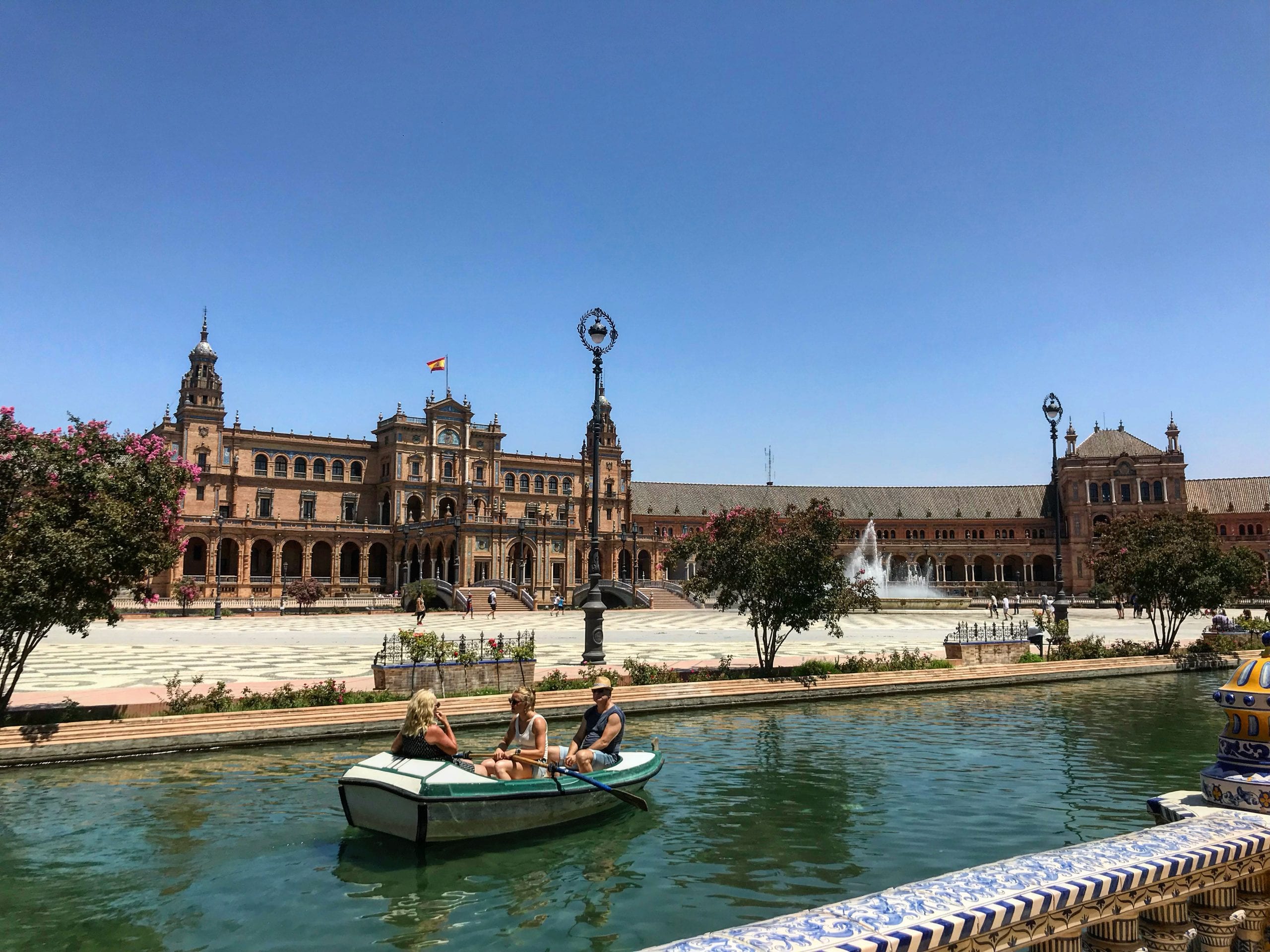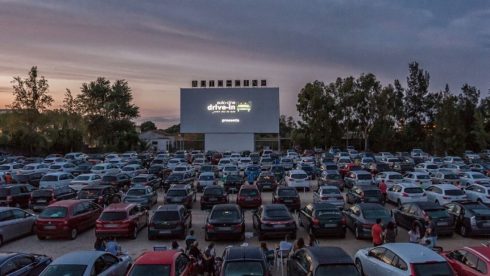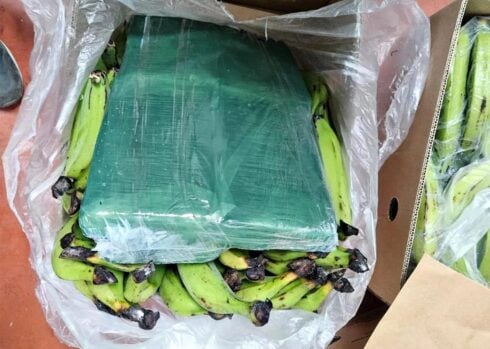SO you’ve arrived to Sevilla and have just one day to see all the sites.
Do not fear, Andalucia’s capital is one of the most walkable cities in the world and many of the best wonders are concentrated in and around the centre.
This travel cheat sheet will guide you through the most popular tourist hotspots, including where to stop for a refuel along the way.
TIP: Wear comfy shoes, there’s a whole lot of walking to be done and this ancient city’s cobbled streets are not to be tested.
Real Alcazar – 10am

There is no other place to start your tour of Seville than the incredible Real Alcazar, situated across from Plaza del Triunfo, in the ‘Centro’ (centre) neighbourhood.
It is among the oldest palaces in Europe having begun construction in 913, when the caliph of Andalucia Abd al-Rahman III first decided to build a fort.

Over 500 years, the grounds were added to by successive Moorish, Christian and finally Catholic rulers, making it one of the most emblematic attractions in a region characterised by its multicultural history.
Declared a World Heritage Site by UNESCO in 1987, the tile work, gardens and architecture are awe-inspiring. Plus you get to see a peacock or two roaming the grounds.
Entry is €9.50 and you can expect to queue for around 30-45 minutes or more during peak season (unless you reserve tickets beforehand).





In our case, we arrive at 10am and avoid the madness, before spending 45 minutes gawking at the rooms and another 30 minutes in the gardens (if you have more time you can spend an hour on both, at the least).
Catedral – 12pm

Exit the Alcazar where you entered and turn left to cross the square to the Catedral.
Also known as the Cathedral of Saint Mary of the See, it is the largest Gothic church in the world, covering some 23,500sqm.
It was completed in the early 1500s before being registered as a UNESCO World Heritage Site in 1987.
Standard entry is €9 and don’t hesitate to pick up a pamphlet on your way in as they can offer you routes within the grounds depending on how much time you have.

But for a speedy visit, prioritise the tomb of Christopher Columbus, the High Altar and the golden Choir section.
TRAVEL TIP: You can buy a ticket for the Catedral at the nearby Iglesia Colegia del Salvador, which will let you skip the queue
Giralda bell tower – 1.30pm

Connected to the Catedral is the Giralda, which has stood proudly looking over Sevilla since 1198.
It was completed by the Moors to commemorate their 1194 victory over Alfonso VIII of Castile.
And if the queue isn’t too long, it’s worth the climb to the top, which you’ll find that instead of stairs consists of 34 sloping ramps.
They were once ascended by horses five times per day for the Islamic call to prayer.
In 1248, following the Christian Reconquista (reconquering), it was converted alongside the Catedral (formerly a mosque), into a cathedral.
The view from the top offers stunning views of the city.
If you want to see all of these sites in one day, however, skip entering the tower, you get a pretty good view of it from outside and there are other rooftop opportunities. Head straight to Plaza de Espana instead.
Plaza de Espana – 1.45pm – 2.15pm

Exit the Giralda and head southeast across the Plaza del Triunfo and past the Archivo de Indias (a historic site for another day).
Follow the tram tracks up to Avenida el Cid (taking note of Hotel Alfonso XIII and former tobacco factory turned Sevilla University on the way).
Turn right onto el Cid and you’ll soon see the entrance to Maria Luisa park, home to Plaza de Espana, across the roundabout.

Repeatedly ranked as the number one tourist attraction in Spain by TripAdvisor users, the Plaza de Espana is truly a work of art.
Designed by Caidon Fox for the 1929 Sevilla Expo, it was created to showcase Spain’s industry and technology exhibits at the historic fair.
The complex is a huge half-circle with buildings continually running around the edge, boasting a mix of 1920s Art Deco, Baroque and Neo-Mudejar styles

The buildings are accessible via four bridges – representing the four ancient kingdoms of Spain – built over a moat which runs the whole length of the complex.
In the centre sits the Vicente Traver fountain while by the walls are tiled alcoves, each depicting a different province of Spain.
If you REALLY have time to kill, you can row a boat in the moat in what is possibly the most unnecessary tourist trap – although it does make for a nice photo.
Parque Maria Luisa 2.15pm – 2.35pm

While you’re already here, take a quick stroll into the Maria Luisa park.
Its gorgeous gardens were designed by Jean-Claude Forestier for the expo in 1929, which saw the whole south of the city redeveloped into green areas and grand boulevards.

The park features stunning tiled fountains, pavilions, ponds and an exotic range of plants and trees.
Have a five-minute sit down on one of its many shaded benches – you’re set for another walk!
LUNCH & REFUEL – 3-4pm

Hungry yet? Head to Maestro Marcelino on Calle Hernando Colon, a two-minute walk from the Giralda (around 20 minutes from Plaza de Espana).
One of the coolest eateries in Santa Cruz, it’s the perfect spot to refuel.

A gourmet deli-cum-tapas bar, it offers a fantastic and varied menu and has some of the best tasting jamon in Sevilla. The staff are also highly knowledgeable and will happily talk you through their impressive wine list.
TIP: Many of the items on sale make for great presents
Museo de Bellas Artes – 4.15pm – 5pm

Next head 15 minutes north west to the Museo de Bellas Artes (Museum of Fine Arts).
Founded in 1839, it’s home to a great collection of works from the medieval times right through to the 20th century – including selected works from some of Spain’s greatest throughout the 17th century (known as the Golden Age of Sevillan painting).
General entry is €1.50 although special limited exhibitions will cost you more and be aware that it is closed on Mondays.
From September 1 to July 31 it is open Tuesday-Sunday, 9am to 9pm, while in August it closes at 3pm.
If you visit on a Sunday, the square it sits on is home to a brilliant weekly art fair.
Las Setas – 5.10pm – 6pm

Exit the museum and head straight down Calle de Alfonso XIII for some 800 metres until you arrive at a huge contemporary structure.
The Metropol Parasol, known as Las Setas de la Encarnacion (Mushrooms of Encarnacion), boasts six parasols and is spread over four levels.
Built between 2005 -2011, it was designed by Berlin architect Jurgen Mayer who entered into a government-run competition to renovate the area.

Mayer said he was inspired by the vaults of the Catedral and the ficus trees of Plaza de Cristo de Burgos.
Underneath the structure you’ll find the Antiquarium, home to Roman and Moorish remains which were discovered and preserved during the construction of Las Setas, while at street level the public plaza hosts a market and regular public events.
Enter and pay a small fee (€3) to enjoy the second and third levels, featuring a restaurant and walking platforms offering stunning views of the city.
El Rinconcillo 6.10pm – 7pm

It’s time for another pit-stop and what better way to do so than at another historic site.
Exit Las Setas and continue walking up Calle Imagen and turn left at the Santa Catalina church and then left again.

There you will find El Rinconcillo, the oldest bar in Sevilla.
It has been serving cervezas since 1670 and still sees barmen writing down orders in chalk along the bar top.
It also serves fantastic tapas if you’re feeling peckish.
TIP: Across the road is the equally popular Los Claveles bar and beside that is Las Tabernas, both of which serve great valued tapas
Puerta de la Macarena & Basilica de Macarena – 7.15pm

After resting your legs in El Rinconcillo, head across Plaza de los Terceros and down Calle Bustos Tavera for some 800 metres until you arrive at the imposing Macarena gate (Puerta de la Macarena).
Appearing like a giant yellow box, it is attached to the ancient city wall, originally built by the Romans under Julius Caesar before being upgraded and expanded by the Moors in the 12th century.

Just next to the gate is the Basilica of Macarena, a catholic temple built in 1941 and home to one of the city’s most revered religious treasures, the Virgen de la Esperanza Macarena (Macarena Virgin of Hope), popularly known as the Macarena.

The statue stands behind the main altar, donning a gold crown, stunning garments and five flower-shaped diamond and emerald brooches which were donated by the famous matador Joselito El Gallo in 1912.
Its museum will set you back €5.
Congratulations if you made it this far, now head for a 10-minute walk to the Alameda for a well deserved drink and dinner. The tree-lined strip is packed with quality bars and restaurants which won’t let you down!
READ MORE:
- Visit our travel guide section for more about Sevilla
- Top five dining spots in Sevilla: Where to eat and soak up the Spanish dining experience in the capital of Andalucia
Click here to read more Sevilla News from The Olive Press.








